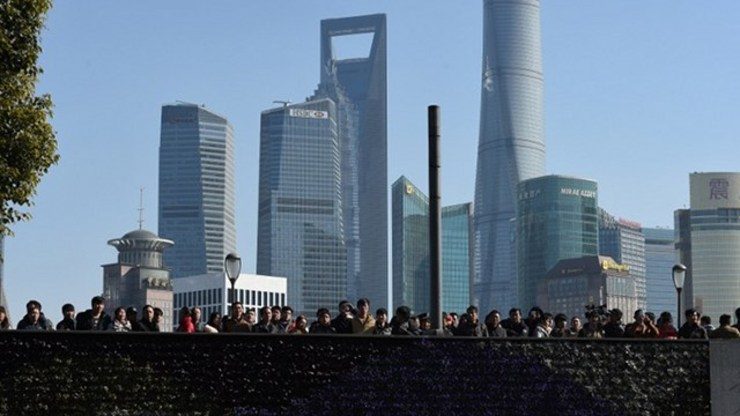SUMMARY
This is AI generated summarization, which may have errors. For context, always refer to the full article.

SHANGHAI, China – The Bund, the Art Deco-style Shanghai riverfront where at least 35 people were killed in a New Year stampede, was the heart of the 19th-century colonial presence in the Chinese city.
From the 1840s the flags of Britain, Russia, the United States and a host of other nations flew in what was known as the International Settlement, where foreign powers applied their own laws.
The thousands of revelers who packed the promenade to ring in 2015 would not have been out of place a century ago when the area was home to the glitzy Cathay Hotel and the famed Shanghai Club, said to have the longest bar in the world.
While modern Shanghai’s financial hub is centered on the futuristic skyscrapers across the Huangpu river in Pudong, including the world’s second tallest building, the Bund was home to most commercial activity throughout the 19th and early 20th century.
Its name is supposedly derived from an Anglo-Indian word meaning “embankment” and the waterfront strip housed trading houses, banks and foreign countries’ consulates.
“For foreigners, the Bund was tremendously important because that’s where it all started,” said Tess Johnston, a writer and Shanghai historian who has made her home in the city.
Control of large swathes of Shanghai were ceded to Britain, France and the United States in a process which began after China’s defeat by Britain in the First Opium War of 1839-42.
Other European nations quickly followed as they set up trading houses in the city.
Citizens of many foreign nations were exempt from local laws. Any accused would be tried under their home country’s legal system, with Britain and the United States establishing courts in Shanghai.
“It was a creation of foreigners, by foreigners, for foreigners,” Johnston said of the Bund, though that changed after the Communist Party took power in 1949.
Most banks were shuttered, never to return. But the historic site has recovered its glamour and is now best known for high-end restaurants, boutiques and renovated hotels.
“Shanghai doesn’t really have a center, so the Bund is now a place to go to have a good time,” Johnston said. – Rappler.com
Add a comment
How does this make you feel?
There are no comments yet. Add your comment to start the conversation.